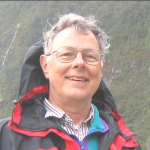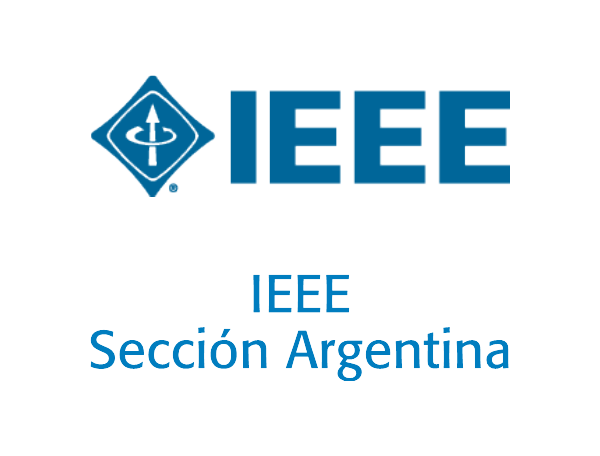Conferencia plenaria de Albert J. Williams 3rd
Technical Instrumentation Advances in Oceanographic Sensors from 1969 to 2016

Albert J. Williams 3rd
Woods Hole Oceanographic Institution
Resumen de la plenaria/Plenary Abtract
Personal exposure to oceanographic instrument developments in my career at Woods Hole Oceanographic Institution extending for 1969 to 2016 has brought me into contact with many of the important advances that have furthered our profession. The microstructure CTD in 1969 and 1970 employed precise digital technology in oceanographic measurements for the first time with Neil Brown’s use of ratio transformers as a digitizer of a 10 KHz signal. Sixteen binary ratios of turns (resolving one part in 65356) provided a measurement of temperature from -2 to 30 Celsius with a resolution of ½ millidegree C. The resolution of conductivity allowed salinity to be determined from 0 to 32 psu with a resolution of ½ milli psu. Pressure of 0-6400dBar was measured with a resolution of 0.1dBar (10cm of depth).
At nearly the same time, the VACM or Vector Averaging Current Meter was being adapted to log its current measurements on digital cassette tape in the SeaData recorder. This was the first modest scale dependable digital underwater recorder. This recorder was the start of removing the problem of logging underwater data digitally, facilitating autonomous underwater instrumentation. An example of a highly sensitive measurement from the deep sea was the Paros pressure sensor. This sensor used a crystal oscillator to convert a stress from a pressure-exposed bourdon tube to a change in frequency that was counted and the period determined with extreme precision such that a pressure change from several centimeters of depth change could be discriminated in 6000m of water. This was the sensor used in the DART buoys that were part of NOAA’s advanced warning system for tsunamis.
Meanwhile, current measurement was advanced by the development of the Acoustic Doppler Current Profiler. This Doppler sensor used some of the Texas Instrument multiply-and-add integrated circuits that facilitated real-time digital signal processing. These same technologies aided underwater acoustic communications. In this, oceanographic instrument advances depended on the technologies that cell phones and other commercial developments provided.
In the last dozen or so years we have developed instruments that give us global coverage: gliders, drifters, and profilers. But the development of AUVs with communications and navigation, in both shallow water and deep water, has provided us with presence even under ice shelves. For continuous coverage we have laid cables for observatories. Meanwhile, remote sensing has developed global surface coverage for geodesy, hydrography, temperature, and bio sensing. The in situ lab-on-chip has provided chemical and biological analyses on subsurface loggers and cabled observatories. Holographic images and in-situ flow cytometry have permitted continuous population monitoring. Finally, there are now expendable, “burner bots” that provide pH, fish tags, and possibly even an XBL or Expendable Benthic Lander to measure current in inaccessible places.
Biografía/Biography
Albert J. Williams 3rd was born in Philadelphia on October 17, 1940. He graduated from Germantown Friends School in 1958, from Swarthmore College with an AB in physics in 1962, and from Johns Hopkins University with a Ph.D. in physics in 1969. Sandy, as he has been called since birth, married Isabelle Phillips in 1963 and they have a daughter, Helen Isabelle born in 1981 and a granddaughter, Charlotte Grace Malinowski born May 11, 2015. He came to Woods Hole Oceanographic Institution as a Postdoctoral Investigator in 1969 and was appointed Assistant Scientist in 1970. He has been Associate Scientist, Senior Scientist, Department Chair of Applied Ocean Physics and Engineering, and since January 2003, Scientist Emeritus, all at Woods Hole Oceanographic Institution. He is past chairman of the Current Measurement Technology Committee of the IEEE/Oceanic Engineering Society and recipient of the OES Distinguished Technical Achievement Award for the year 2000. In 2005 he was elected Fellow of IEEE. Since 2005 he has served OES as Technology Committee Coordinator, VP Technical Activities (2008-2013), and since 2014 as VP Conference Coordinator. He founded the Providence OES Chapter in 2015. His research has used novel measurement techniques that he developed to observe oceanic microstructure, turbulent mixing, and benthic boundary layer processes. He observed salt fingers in the Mediterranean outflow in 1972 and added an acoustic velocity sensor to his free drifting shadowgraph probe to reveal shear at density interfaces. He has extended his current measurement technique to a modular current sensor, MAVS that is low cost and can measure directional wave spectra as well as current and turbulence in the boundary layer. This sensor is marketed by a company, Nobska Development, Inc., that he founded in 1997. He enjoys travel with his wife, sailing, and gardening.

